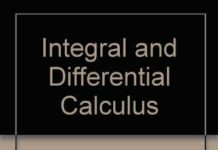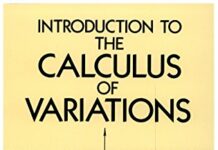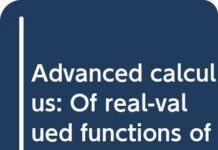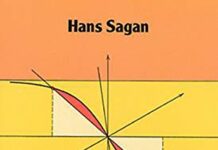
Ebook Info
- Published: 1994
- Number of pages: 212 pages
- Format: PDF
- File Size: 26.72 MB
- Authors: Hans Sagan
Description
The subject of space-filling curves has fascinated mathematicians for over a century and has intrigued many generations of students of mathematics. Working in this area is like skating on the edge of reason. Unfortunately, no comprehensive treatment has ever been attempted other than the gallant effort by W. Sierpiriski in 1912. At that time, the subject was still in its infancy and the most interesting and perplexing results were still to come. Besides, Sierpiriski’s paper was written in Polish and published in a journal that is not readily accessible (Sierpiriski [2]). Most of the early literature on the subject is in French, German, and Polish, providing an additional raison d’etre for a comprehensive treatment in English. While there was, understandably, some intensive research activity on this subject around the turn of the century, contributions have, nevertheless, continued up to the present and there is no end in sight, indicating that the subject is still very much alive. The recent interest in fractals has refocused interest on space filling curves, and the study of fractals has thrown some new light on this small but venerable part of mathematics. This monograph is neither a textbook nor an encyclopedic treatment of the subject nor a historical account, but it is a little of each. While it may lend structure to a seminar or pro-seminar, or be useful as a supplement in a course on topology or mathematical analysis, it is primarily intended for self-study by the aficionados of classical analysis.
User’s Reviews
Reviews from Amazon users which were colected at the time this book was published on the website:
⭐I really liked this book and especially enjoyed reading some parts. But I cannot give the book more than 4 stars. Several times in the text, his proofs could be much better written. Part of the difficulty, it seems to me, is his reluctance to rely on basic topology; I guess since he said you only need a background in analysis in his preface, he felt obliged to do everything with epsilons and deltas.The beginning was very nice, introducing the Hilbert Curve the way Hilbert thought of it(geometric), and then generalizing to an arithmetic representation. A similar thing is done with the Peano Curve and the theme of the dual perspective of geometry and analysis continues throughout. For a beginner, I think this book goes a long way to explaining space-filling curves and self-similar fractals.
Keywords
Free Download Space-Filling Curves (Universitext) 1st Edition in PDF format
Space-Filling Curves (Universitext) 1st Edition PDF Free Download
Download Space-Filling Curves (Universitext) 1st Edition 1994 PDF Free
Space-Filling Curves (Universitext) 1st Edition 1994 PDF Free Download
Download Space-Filling Curves (Universitext) 1st Edition PDF
Free Download Ebook Space-Filling Curves (Universitext) 1st Edition



